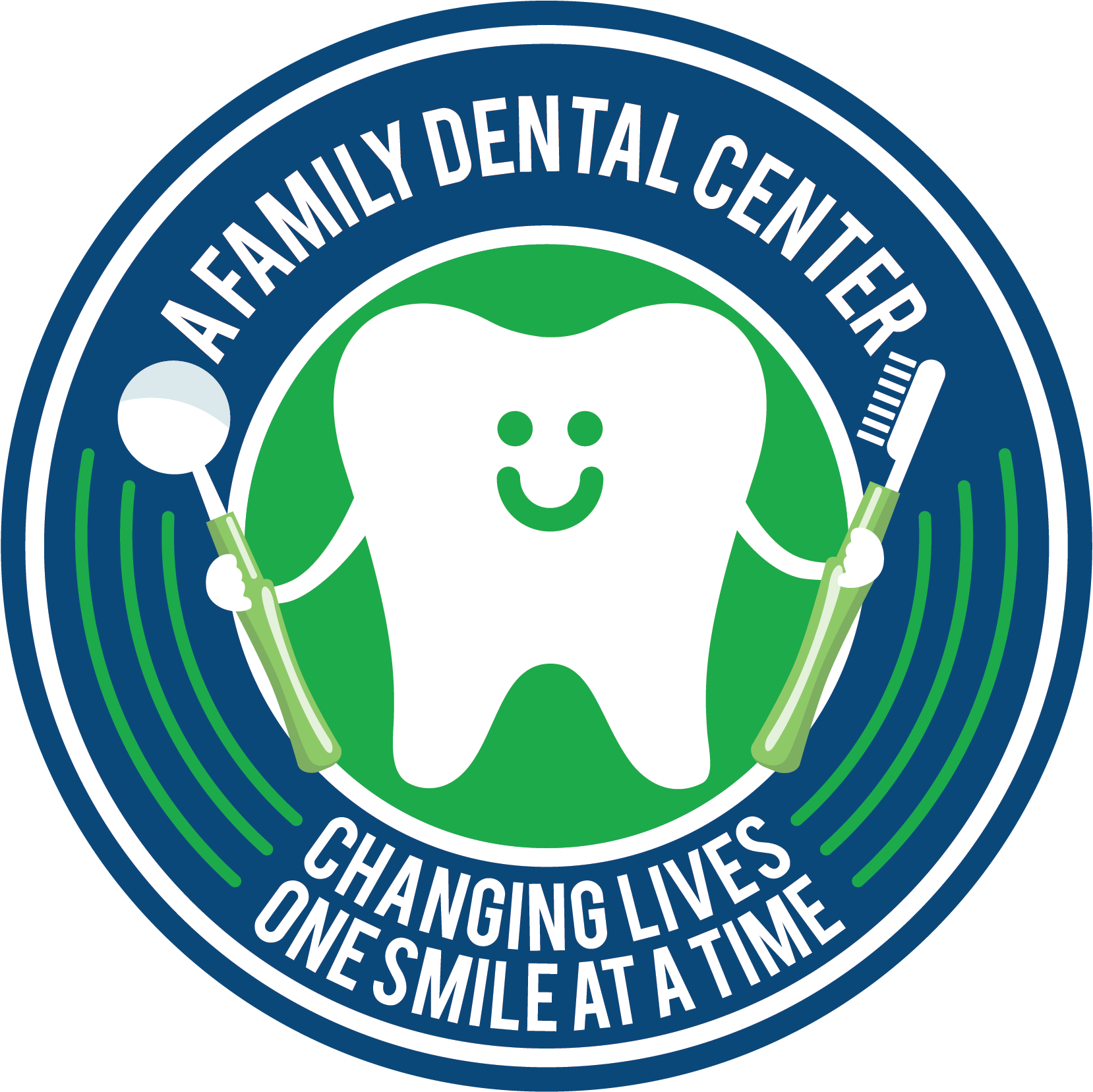
Laser Gum Surgery for Periodontal Disease
When people think of dental care, all their attention goes to caring for teeth. Very few consider other parts of the mouth, including the gums. The gum tissue covers a big part of the mouth. It also plays a significant role in hold the teeth in place. Not only that, but the gum tissue plays a big role in the aesthetic appeal of teeth. If therefore, there are some problems with your gums, it can affect both the functioning of your mouth as well as the cosmetic appearance. Thankfully, you can bank on laser technology for correcting gum problems and restoring the health of your gum tissue.
What is Laser Gum Surgery?
It is a surgical procedure that is used to treat gum infection. The process involves using laser technology to remove the damaged tissue and regenerate new gum tissue. The surgical procedure is offered for patients who suffer from extensive gum disease, that is, periodontitis.
Understanding Laser Treatment for Periodontal Disease
Periodontitis is an infection of the gum tissue that is mostly a result of poor oral hygiene. Plaque and tartar builds-up on the surfaces of teeth, eating up on the enamel of teeth as well as the gum tissue. The infection caused on the gum tissue results to other gum problems, including:
- Gum bleeding
- The recession of the gums
- Inflammation and swelling
- Pain and soreness of the gums
- Falling off of teeth
When you consult your dentist with an infection of your gums, a thorough diagnosis is the best way to determine what oral solution best suits your problem. While there are other ways to resolve gum disease, gum surgery is necessitated by the complexity and advancement of the infection. When a lot of your gum tissue has succumbed to damage, the best way forward is to repair the gums through regeneration.
What to Expect from The Procedure
The process of surgically treating your gum tissue involves different steps, as highlighted below:
- Preparatory stage – your dentist will not initiate a surgical procedure without testing out other medication. This bit includes scaling and root planing. The idea is to clean out your mouth by getting rid of any tartar and plaque on your teeth. The process also involves smoothing out the exposed roots of your teeth.
- Surgery – the surgical process entails restoring the damaged gum tissue. Part of this process will have the shallow bone defects leveled and the large gum pockets are reduced. The part of the surgery where the deep gum pockets are reduced is called flap surgery. Reducing the gum pockets seals out any room for plaque and tartar to be trapped in the roots of the teeth, spreading the infection while weakening the tooth. As the gum pockets are sutured, they ensure a tighter fit around the teeth, offering ultimate support.
- Grafting – grafting is the process that follows after laser surgery. It is often done for bone and gums. Since the bines get damaged too during periodontal disease, bone grafting allows for the regeneration of bone structure to support teeth. Besides, gum grafting is used t replace the damaged gum tissue, for added support to teeth.
Aftercare Tips for Gum Surgery
Now that your gums are restored, how to take care of them determines the likelihood of future infection. Given that the biggest cause of the periodontal disease is poor oral hygiene, part of the aftercare tips involves keeping up with proper oral hygiene. Other than that, some of the dental care tips you should embrace throughout your recovery and even after, include:
- Improve your oral hygiene – this means brushing your teeth at least twice every day, as well as flossing every day. You should also consider rinsing out your mouth with a mouthwash to kill any harmful bacteria that could be left behind.
- Regular dental visits – at least every three months, talking to your dentist will help you keep up with a healthy mouth. Besides, it is to your advantage if the dentist can identify anomalies with your gums at an early stage, rather than wait for the problem to worsen.
- Lifestyle changes – some patients have poor lifestyle habits that can increase the risks of periodontal disease, including smoking. You have to quit some of these habits to prevent future complications with your gums.
